Satellites and climate change
How scientists are using observations from space to study the climate system

How scientists are using observations from space to study the climate system

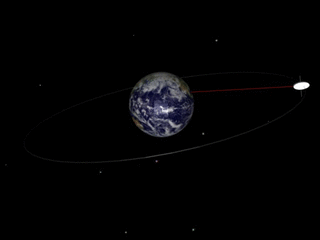
Cruising at 35,786km, these satellites remain above the same spot on Earth and appear motionless from the surface. This makes them ideal for studying weather in a particular region. Animation: Talifero.
Satellites in a sun-synchronous orbit appear in the same position from the perspective of the sun during their journey around the earth, therefore remaining in constant sunlight.

Launched in 1959, Vanguard II was the first weather satellite, designed to measure cloud cover and the density of the atmosphere. It was also the first satellite to take a photo of the earth. Model of Vanguard II: NASA
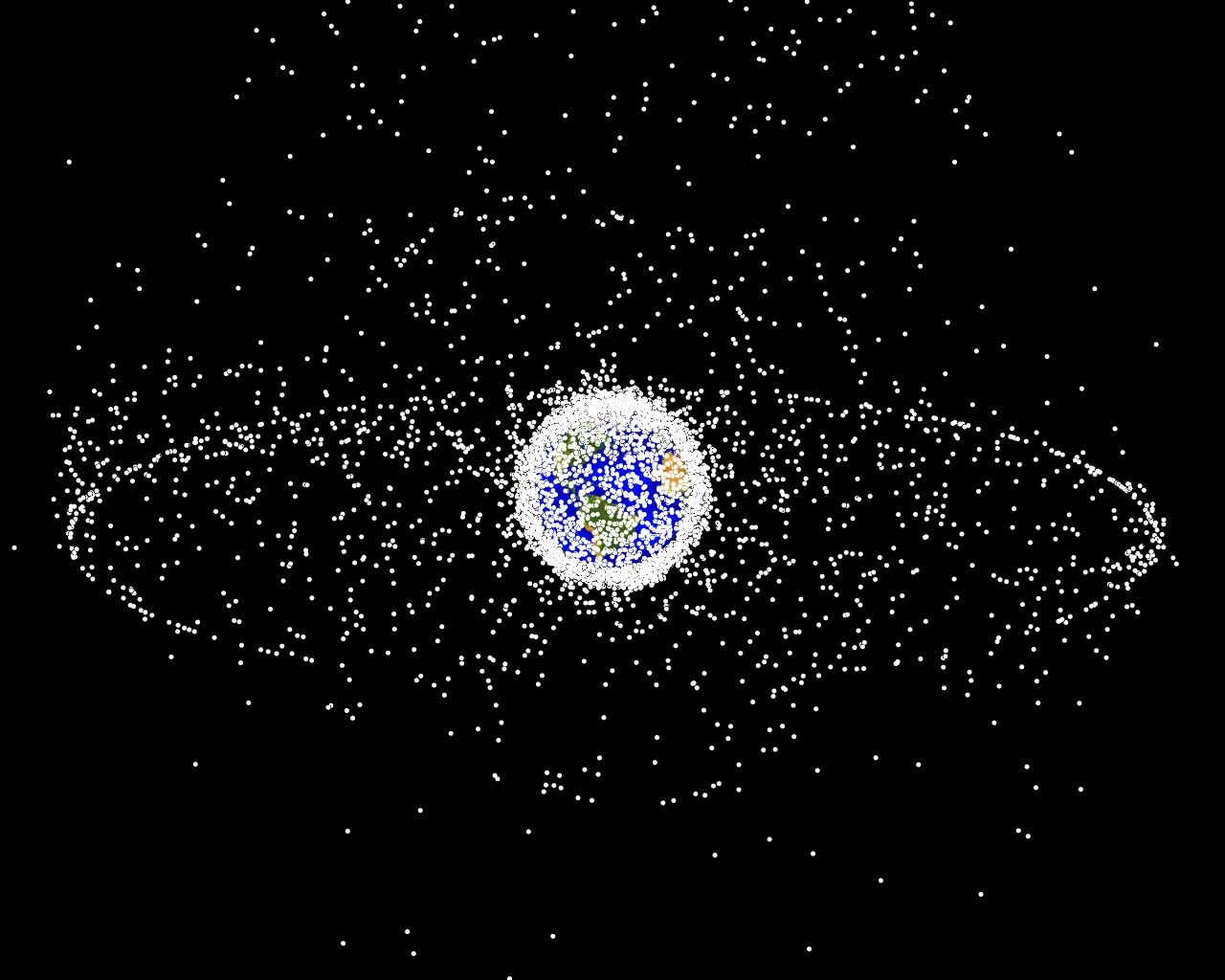
These satellites circle the earth in a north-south (or south-north) direction, passing close to both poles, with each orbit taking around 100 minutes for those in a low-altitude orbit. This allows them to gather data on the entire planet strip-by-strip, as the Earth below them turns. NASA's plot of space debris (right), shows a cloud of satellites and other objects in low earth orbits surrounding the earth, along with an outer ring of geostationary satellites. Credit: NASA
Data: World Meteorological Organisation, NASA, NOAA, USGS, JSA, ESA, EUMETSAT, KMA, Wikipedia, Union of Concerned Scientists. Satellites are colour-coded according to their primary target of observation relating to climate, although many have multiple purposes.

Animation of Hurricane Andrew in 1992, composed of infrared satellite images. Credit: NOAA
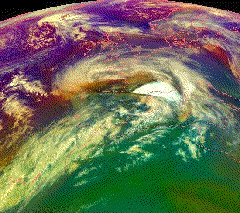
Imagery taken from Meteosat-9 shows storm Xynthia passing over Western Europe in February 2010. Credit: EUMETSAT
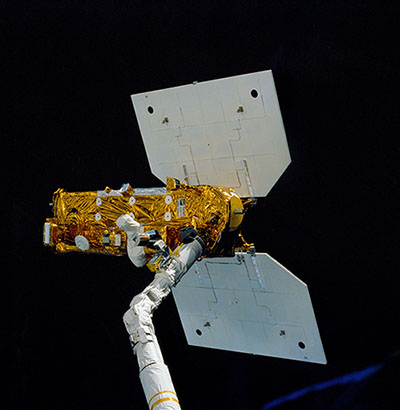
Data from NASA's Earth Radiation Budget Satellite, launched in 1984, has helped us to understand how burning fossil fuels affects the Earth's temperature, and led to the discovery that CFCs deplete the ozone layer. Credit: NASA
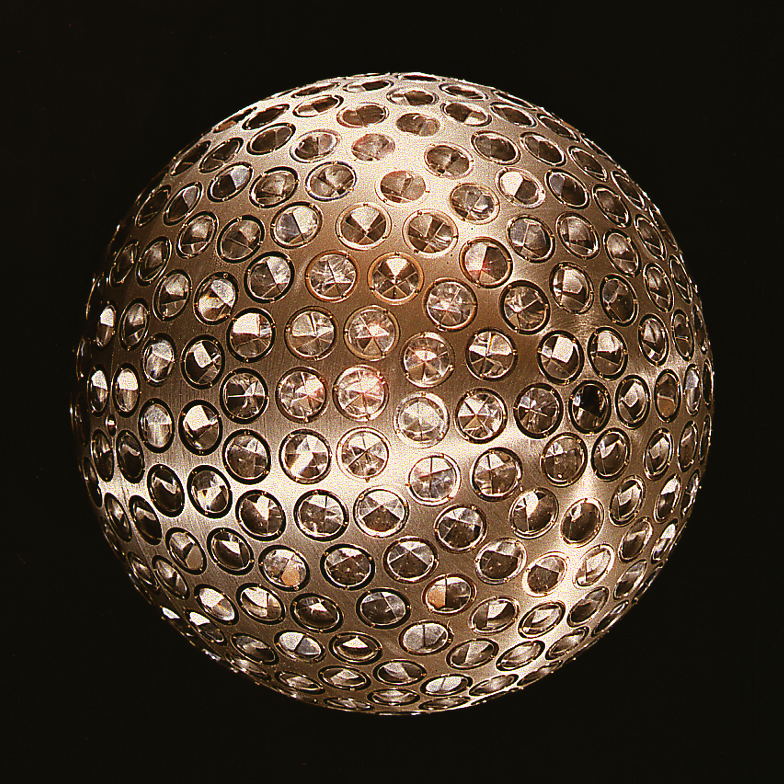
The two satellites of NASA's LAGEOS mission are the oldest climate satellites still operating, launched in 1976 and 1992. As passive satellites they have no onboard electronics, instead prisms on the surface reflect lasers back to a network of research stations on the Earth. Image of LAGEOS-I: NASA